Publication details
Publisher: Springer
Place: Berlin
Year: 2017
Pages: 279-299
ISBN (Hardback): 9783319437828
Full citation:
, "From the structures of opposition between similarity and dissimilarity indicators to logical proportions", in: Representation and reality in humans, other living organisms and intelligent machines, Berlin, Springer, 2017


From the structures of opposition between similarity and dissimilarity indicators to logical proportions
pp. 279-299
in: Gordana Dodig Crnkovic, Raffaela Giovagnoli (eds), Representation and reality in humans, other living organisms and intelligent machines, Berlin, Springer, 2017Abstract
Comparative thinking plays a key role in our appraisal of reality. Comparing two objects or situations A and B, described in terms of Boolean features, may involve four basic similarity or dissimilarity indicators referring to what A and B have in common (positively or negatively), or to what is particular to A or particular to B. These four indicators are naturally organized into a cube of opposition, which includes two classical squares of opposition, as well as other noticeable squares. From the knowledge of one situation A, it is possible to recover the description of another one, B, provided that we have enough information about the comparison between A and B. Then comparison indicators between A and B can be equated with comparison indicators between two other situations C and D. A conjunction of two such comparisons between pairs (A, B) and (C, D) gives birth to what is called a logical proportion. Among the 120 existing logical proportions, 8 are of particular interest since they are independent of the encoding (positive or negative) used for representing the situations. Four of them have remarkable properties of homogeneity, and include the analogical proportion "A is to B as C is to D", while the four others express heterogeneity by stating that "there is an intruder among A, B, C and D, which is not X" (where X stands for A, B, C or D). Homogeneous and heterogeneous logical proportions are of interest in classification, anomaly detection tasks and IQ test solving.
Publication details
Publisher: Springer
Place: Berlin
Year: 2017
Pages: 279-299
ISBN (Hardback): 9783319437828
Full citation:
, "From the structures of opposition between similarity and dissimilarity indicators to logical proportions", in: Representation and reality in humans, other living organisms and intelligent machines, Berlin, Springer, 2017

